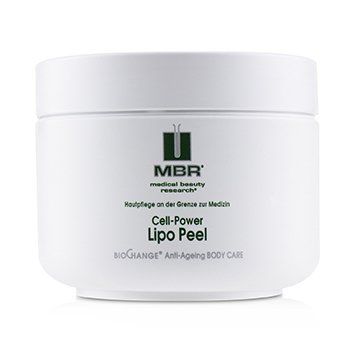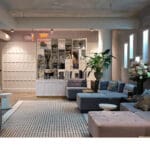Sunscreen, sweat, chlorine, and saltwater are summer essentials—but they can also leave your skin feeling congested, dull, and uneven. That’s where exfoliation steps in. Think of it as your skin’s reset button: removing buildup, unclogging pores, and revealing a smoother, brighter complexion underneath.
Why You Shouldn’t Skip Exfoliation—Especially in the Summer
As skin experts, we often say that exfoliation is like giving your skin a fresh start—and in the summer, it becomes non-negotiable. Between layers of sunscreen, sweat, pollution, chlorine, and saltwater, your skin works overtime and can easily become congested and dull. Exfoliating—whether with a gentle physical polish or a well-formulated chemical exfoliant—sweeps away the buildup that blocks your glow. But it’s more than just a surface fix. Regular exfoliation promotes healthy cell turnover, unclogs pores, and allows your skincare products to actually do their job. The result? Skin that’s not only smoother and brighter but also more balanced and resilient. Think of it as hitting reset: removing what no longer serves your skin so it can breathe, renew, and thrive. Just be sure to choose the right exfoliant for your skin type and don’t overdo it—exfoliation should enhance your glow, never compromise your barrier.
What is Exfoliation?
Exfoliation is the process of removing dead skin cells from the skin’s surface. It helps to keep the skin looking fresh, smooth, and healthy by preventing the buildup of dead cells that can cause clogged pores, dullness, and uneven texture. There are two main types of exfoliation: physical and chemical.
Physical Exfoliation
This involves using exfoliating tools or a scrub with small particles to remove dead skin cells manually. Common methods include using exfoliating gloves, brushes, or scrubs that contain ingredients like sugar, salt, or microbeads
Chemical Exfoliation
This uses chemicals to dissolve dead skin cells. Commonly used chemical exfoliants include alpha hydroxy acids (AHAs) like glycolic acid and lactic acid, beta hydroxy acids (BHAs) like salicylic acid, and enzymes. These ingredients break down the bonds between dead skin cells, allowing them to be easily washed away.
Why Exfoliate?
The heat and humidity of summer can increase oil and sweat production, which can cause buildup on the skin, leading to clogged pores and acne. Exfoliating removes pollutants and dead skin cells on the skin to prevent breakouts, improve texture and reduce the appearance of dark spots. How often you exfoliate and the method of exfoliation (physical or chemical) depends upon your skin type and your skin concerns.
The Benefits of Exfoliating
Whether you choose a physical or chemical method, regular exfoliation offers real, visible improvements
- Improves Skin Texture: By removing dead cells, the skin feels smoother and softer.
- Enhances Absorption of Skincare Products: Exfoliated skin can better absorb moisturizers, serums, and other treatments.
- Unclogs Pores: It helps to clear out dirt, oil, and other debris that can clog pores and lead to acne.
- Evens Skin Tone: Regular exfoliation can reduce the appearance of dark spots and hyperpigmentation.
- Promotes Cell Turnover: It stimulates the production of new skin cells, leading to a more radiant complexion.
How to Exfoliate?
Exfoliating the face and body involves using different techniques and products suitable for the specific areas. Here’s a step-by-step guide on how to exfoliate both effectively:
How to Exfoliate Your Face?
Step 1. Choose the Right Exfoliant:
Physical Exfoliants: Look for gentle scrubs with fine particles. Avoid harsh scrubs that can cause microtears in the skin.

VALMONT FACE EXFOLIANT – A luxurious cream scrub that was formulated to gently exfoliate and rejuvenate the skin. It has the texture of a silky cream and cellulose microparticles to delicately polish the skin, leaving it incredibly soft and supple. Ideal for weekly use, it promotes soft, smooth skin while boosting the natural cell renewal process.

BAUDELAIRE HAND-HELD COMPLEXION BRUSH -This 100% boar-bristle brush fits comfortably in the palm of your hand and features exceptionally soft bristles to deep clean and exfoliate your face and neck.
Chemical Exfoliants: Opt for products such as exfoliating toners with AHAs (like glycolic acid or lactic acid) or BHAs (like salicylic acid) based on your skin type.

DANUCERA D22 TONIC – A must-have prep-step that can be used both morning and night after cleansing the skin. This clean beauty toner is packed with natural acids, minerals, enzymes and vitamins which works on every skin type! The two key exfoliating ingredients are lactic and glycolic acid which have anti-aging effects that stimulate cell renewal and exfoliation. Additional benefits this toner offers are a reduction in redness, smoothed texture, reduced visibility of wrinkles, lines and pores.
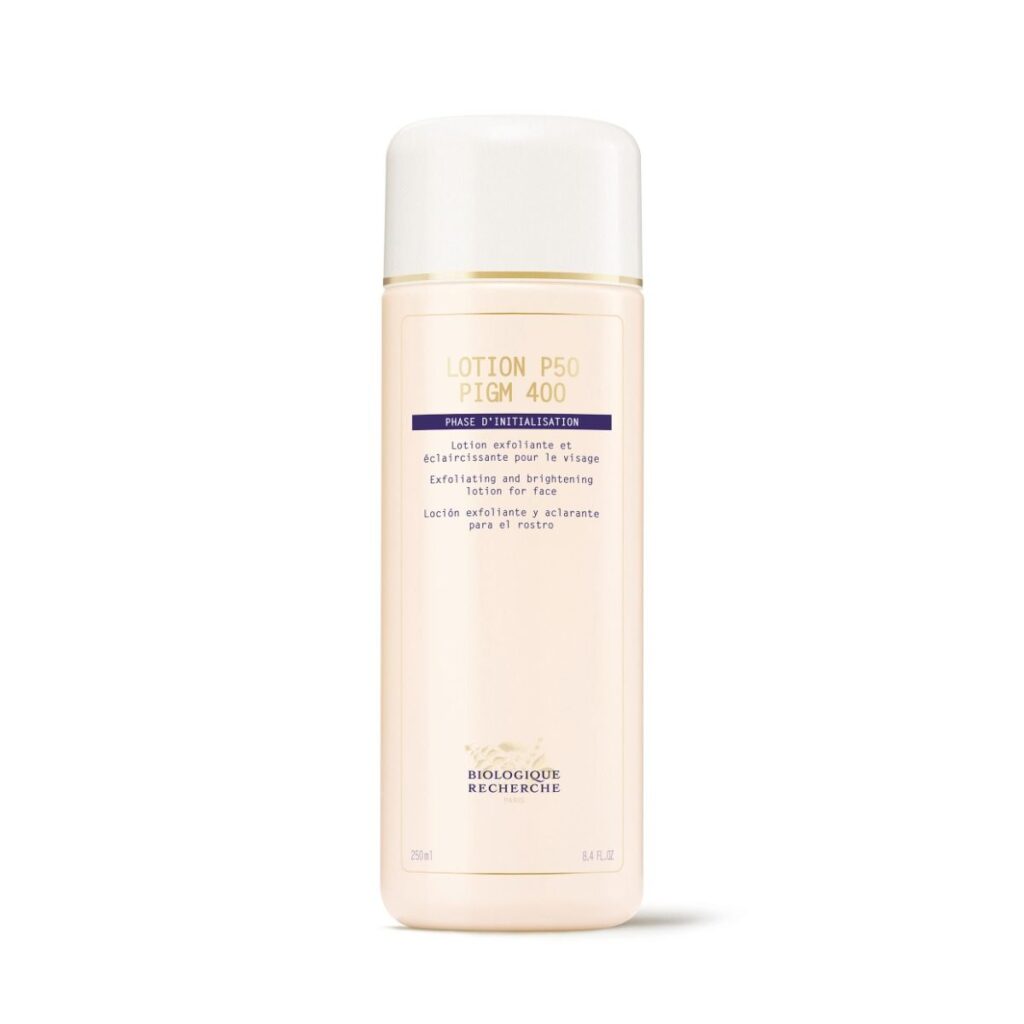
BIOLOGIQUE RECHERCHE LOTION P50 PIGM 400 – Ideal for dull complexions with hyperpigmentation and dark spots, it brightens the skin, reduces the size of pigmentation marks and prevents them from appearing. It enhances cell renewal and helps regulate melanin synthesis while balancing the pH in the skin surface and providing gentle hydration.
Step 2. Prepare Your Skin:
- Cleanse your face with a mild cleanser to remove makeup, dirt, and oil.
- Pat your face dry with a clean towel.
Step 3. Apply the Exfoliant:
- Physical Exfoliant: Gently massage the scrub onto your damp face using circular motions for about 30 seconds. Avoid the eye area.
- Chemical Exfoliant: Apply the product as directed, usually to dry skin. Leave it on for the recommended time.
Step 4. Rinse Off: (if needed)
- Rinse your face thoroughly with lukewarm water.
- Pat your face dry with a clean towel.
Step 5. Follow Up with Skincare:
- Follow with a serum or treatment, if using.
- Finish with a moisturizer to hydrate and protect your skin.
- Always apply sunscreen during the day, as exfoliation can make your skin more sensitive to the sun.
How to Exfoliate Your Body?
Step 1. Choose the Right Exfoliant:
Physical Exfoliants: Use body scrubs or body exfoliating tools such as brushes or exfoliating towels.
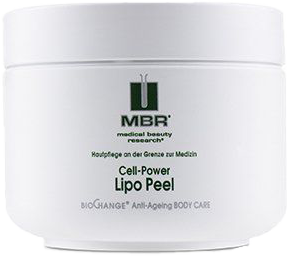
MBR MEDICAL BEAUTY RESEARCH CELL-POWER LIPO PEEL – A favorite of Danuta’s, this body scrub is formulated with melting crystals that contain vitamin E, almond oil, macadamia oil and argan oil. It gently removes excess deposits and improves the microcirculation of the skin which aids in an accelerated cell renewal process. The result is skin that feels smoothed, firm and with a sensually silky soft feel. Apply on damp skin, gently massage it all over the body and allow it to penetrate for a few moments before rinsing it off.
Chemical Exfoliants: Look for body lotions or washes with AHAs or BHAs for gentle chemical exfoliation.
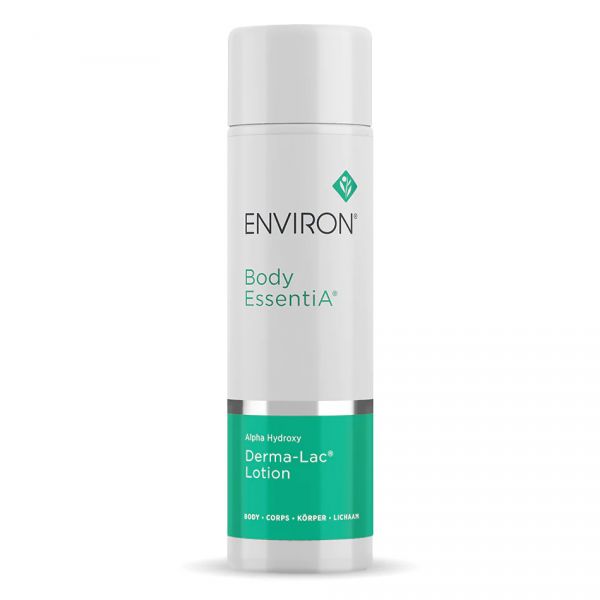
ENVIRON DERMALAC LOTION – This contains a medium concentration of alpha hydroxy acids (AHAs) which is recommended to be used on rough, sun damaged and congested skin. As it gently exfoliates the skin it’s non-toxic acids help to soften, hydrate and smooth the appearance of the skin. Try focusing it on the elbows, knees, heels and feet.
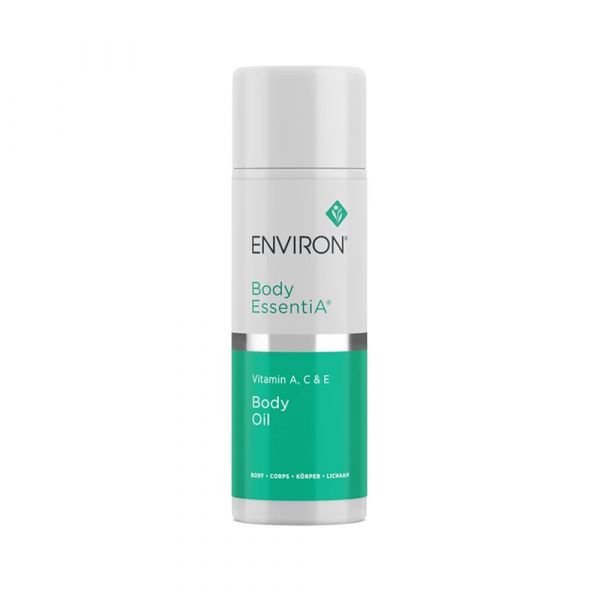
ENVIRON VITAMIN A, C & E BODY OIL – This light and nourishing body oil is recommended for sun damaged areas of the body and helps to improve the appearance of scarring and stretch marks. It contains essential vitamins A, C and E for ultimate antioxidant protection.
Step 2. Prepare Your Skin:
- Wet your skin in the shower or bath with warm water to soften it.
Step 3. Apply the Exfoliant:
- Physical Exfoliant: Massage the scrub onto your skin in circular motions, focusing on rough areas like elbows, knees, and feet.
- Chemical Exfoliant: Apply the product as directed, typically after bathing.
Step 4. Rinse Off:
- Rinse your body thoroughly with warm water.
- If using a chemical exfoliant, ensure it is fully absorbed or rinsed off as per product instructions.
Step 5. Follow Up with Skincare:
- Pat your skin dry with a towel.
- Apply a body lotion or cream to lock in moisture.
Expert Tips for Smart Exfoliation
- Know your skin type. Dry or sensitive? Stick with gentle exfoliants 1–2x/week. Oily or acne-prone? You may benefit from 2–3x/week.
- Patch test new products. Especially important with chemical exfoliants.
- Hydrate, hydrate, hydrate. Exfoliation is more effective when paired with proper moisture.
- Avoid over-exfoliating. If your skin feels tight, irritated, or overly sensitive, give it a break.
- Always apply SPF. Freshly exfoliated skin is more sensitive to the sun.
Exfoliation is one of the simplest ways to transform your skin—especially during the warmer months when buildup is inevitable. Whether you choose a silky cream scrub or a potent exfoliating tonic, the right formula can help you unlock brighter, smoother, and healthier skin with every use.
Frequently Asked Questions
How often should I exfoliate my skin?
It depends on your skin type. Most people can exfoliate 2–3 times a week. Sensitive or dry skin types may benefit from just once a week, while oily or acne-prone skin may tolerate more frequent exfoliation. Always listen to your skin and adjust as needed.
What’s the difference between chemical and physical exfoliation?
Physical exfoliation uses scrubs or tools to manually remove dead skin, while chemical exfoliation uses acids (like AHAs or BHAs) or enzymes to dissolve the glue holding dead cells to the skin. Chemical exfoliants are often more even and gentler over time.
Can I exfoliate if I have sensitive skin?
Yes—but choose very gentle exfoliants. Look for low-percentage AHAs like lactic acid, enzyme-based exfoliants, or soft bristle brushes. Limit exfoliation to once per week and always follow with calming moisturizers and SPF.
Should I exfoliate before or after shaving?
Exfoliating before shaving helps lift hairs and remove dead skin, resulting in a smoother shave and less risk of ingrown hairs. Avoid exfoliating immediately after shaving, as the skin may be more sensitive.
Can I exfoliate my body with the same product I use on my face?
Not always. Facial skin is more delicate, so facial exfoliants tend to be gentler. Body exfoliants are usually more intense to target thicker skin on areas like elbows, knees, and feet. It’s best to use products designed
Shop Beauty Aficionado:



